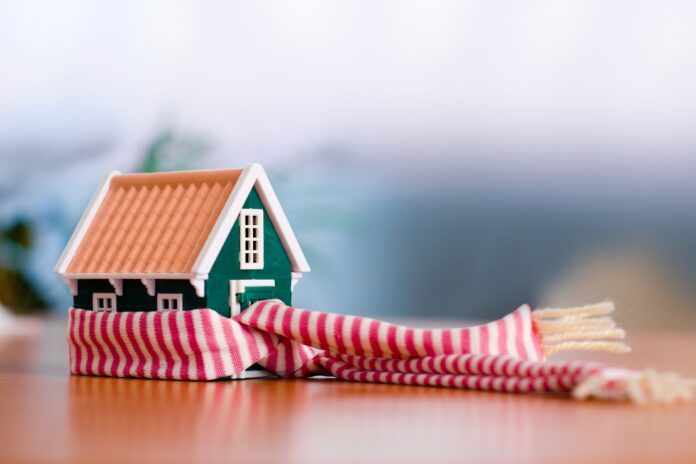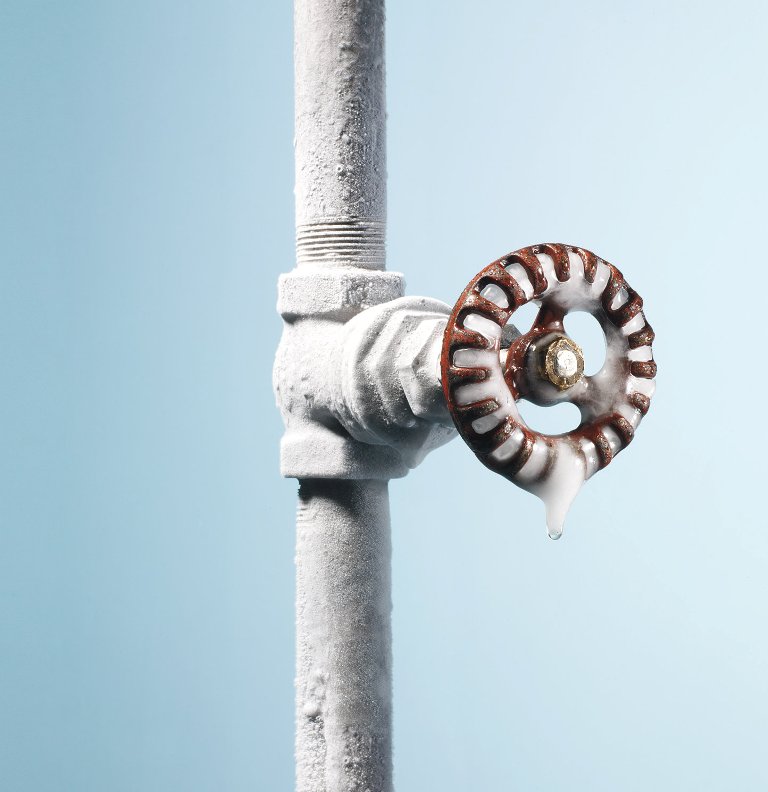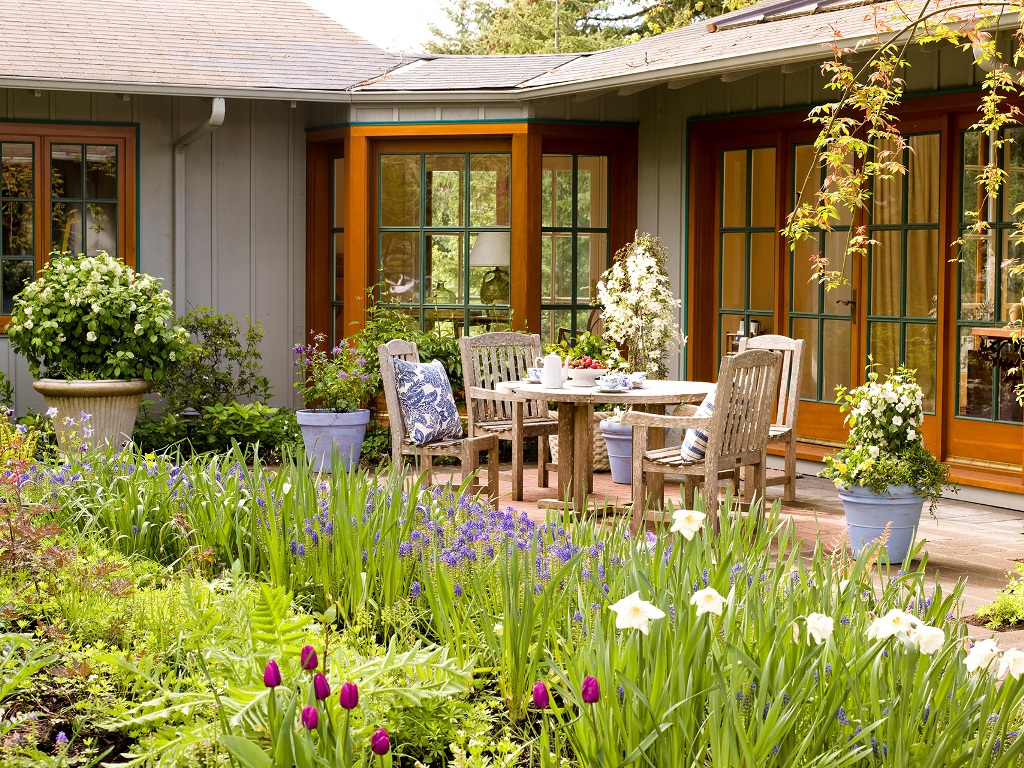Whether you’ve always lived in a colder region or just moved to one for the first time, winter is waiting for you around the corner. The coldest season brings with it a number of serious challenges for homeowners, as the elements test the strengths of our homes.
Snow, sleet, ice, and other such pests can all be major headaches during this time of the year. That’s why winterizing your home is an essential task for homeowners. Only by properly preparing for the season can you hope to stand up to the tasks at hand.
Where can you start, and how can you save money and time that are so important to the average homeowner? Read on and we’ll walk you through what you need to know.
1. Make Sure Your Pipes Are Ready
One of the most common issues that homeowners run into in the winter months is frozen pipes. So when you’re preparing for that freezing weather to come through, ensuring that you don’t end up in this situation should be a task at the top of your list.
The pipes that bring water into your home lay outside the warm confines of it. That means they’re especially susceptible to the effects of colder temperatures. The water flowing into your house can easily turn into ice, preventing water from flowing properly.
More than that, ice in a pipe can cause intense pressure to form. This pressure can eventually cause a pipe to burst wide open. This can be a huge problem, as it can interrupt water flow into your home AND create an expensive problem for you to fix.
There’s also no real way to know if there’s ice in your pipes until such an incident occurs. That’s why it is key to winterize them ahead of time, so you can have some peace of mind about their status during the coldest mornings of the year.
To prepare your pipes for the winter, take the time to observe all visible pipelines in your home. Inspect them closely and look for any signs of damage, cracking, or pressure. If you do find issues, seal these holes up using caulk from your local hardware store.
How does this help? These little cracks are where cold air and temperature can get into your pipes. Sealing them up now can help ensure that your water doesn’t freeze later on.
2. Consider An Energy Audit
For most Americans, the winter is the time where your energy bill is on the rise. You might be cranking the heat up to stay warm, throwing your lights on to see through the darker days, or spending more time indoors watching television.
For this reason, it’s important to ensure you’re using electricity as efficiently as possible in the home. Otherwise, you’re letting money slip through your fingers.
An energy audit is a service provided for free by many utility providers. They can send an inspector to your home to examine your utility use and see where energy improvements might be made. You’d be surprised by how wasteful you might be in your home without realizing it.
Just before winter is the best time to schedule one of these inspections, as it can save you the trouble of the long winter months. If you really want a detailed report, there some services that will provide a very thorough inspection, though you will have to pay good money for it.
3. Prepare Your Front and Backyard
The colder winter can be a killer for the outdoor life of your home. Depending on how much you have going on in your yard, there can be almost more winterization to do outside than inside.
Removing any and all garden hoses should be a quick but important task. This leads back to pipe safety. Leaving a garden hose screwed in can allow cold temperatures to make their way into your piping system. So wrap that thing up for the months ahead.
Clearing out the gutters on your house before the winter comes is also a very smart idea. Too many leaves and debris can impede water flow and force water to sit in a gutter for a long period of time. In the winter, this water can then freeze and turn into much heavier ice.
This added weight on our gutters is unhealthy for them and your house. It might even cause your gutters to collapse: so it’s worth clearing them out ahead of time to prevent this.
If you have an outdoor pool or hot tub, you’ll also want to make sure it’s prepared for the cold months ahead. You can read this guide to prepare. Winterizing a swimming pool can be a great deal of work, but it is an essential task of pool ownership.
Last but not least, you should check the weather stripping on the outside of your doors and windows. As time goes by, this material can easily become ripped, torn, or otherwise damaged. If you do find instances of damage, you should replace it as soon as possible.
Replacing this weather stripping can help to keep drafts out of your house and keep you nice and warm.
Winterizing Your Home
When it comes to cold temperature, there’s no messing around. Winterizing your home is an important task if you want to ensure you’ll make it through the cold months comfortably. If you follow the above tips, you should be ready to enjoy yourself all the way through the spring.
Have more questions about preparing your yard? Check out our outdoors page for more information.




















